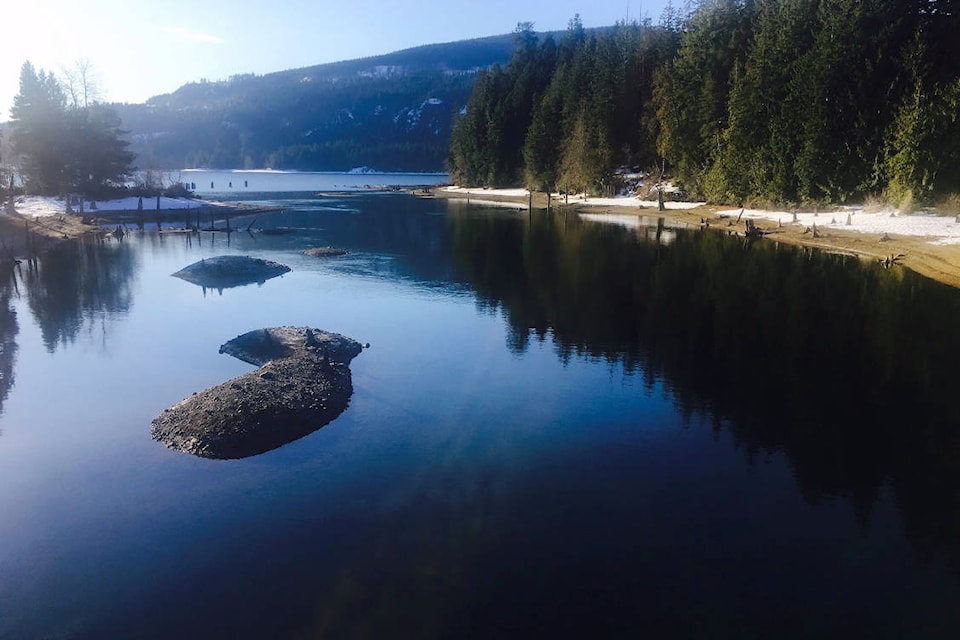Typically at this time of year, BC Hydro’s power generators would be running near maximum capacity, but a dry spring has meant below average water levels.
Less precipitation and colder weather has resulted in low Comox Lake levels and the lowest water inflow in the last 50 years.
According to Stephen Watson, stakeholder engagement advisor with BC Hydro, the system is being operated in full water conservation mode. February’s precipitation was only 36 per cent of normal causing the reservoir level to be about 1.5 metres below average for this time of year. So far, the beginning of March has been the driest it’s been in 40 years on record.
This is following a wet January that brought the reservoir up to a high of 134.3 metres, necessitating flood risk management operations. The reservoir is currently at 131.8 metres.
“I wouldn’t say it’s rare that at this time of year we’re generating at a less amount, but what’s different is how things have changed,” he said. “Coming from mid-January, basically the fall into the early winter was wet and mild as everyone knows but it just really shifted to cold weather beginning of February.”
In mid-February, they dropped their power generation down to 40 per cent of capacity – around 9 megawatts – and more recently, it dropped even further to one-third of capacity – around 7 megawatts.
The amount of water being released from the Comox Dam has also dropped, only allowing enough water to flow to keep the fish habitat sufficiently covered.
“The challenge is that it could be tough as it goes through the spring and in particular towards the late summer in terms of conserving water for all the various water use interests,” said Watson.
However, Watson is still hopeful for more rain into the beginning of spring to get water levels higher.
The Puntledge River system isn’t the only system on the Island suffering from a “winter drought.” Watson says all Vancouver Island watersheds are in the same boat, as well as some on the mainland.
